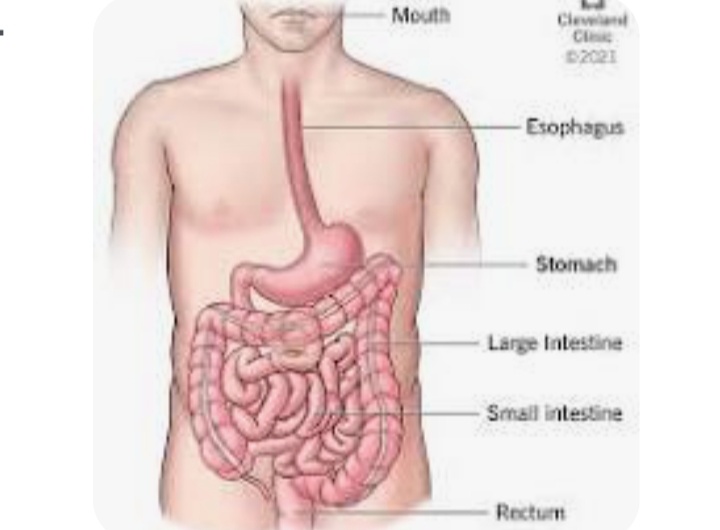human stomach cannot digest all things:
Carbohydrates
The stomach cannot digest carbohydrates because the enzymes that break them down, like alpha-amylase, are not present in the stomach.
Fiber
The body cannot break down fiber, a type of carbohydrate, and it passes through the digestive tract undigested.
Fats
The stomach does digest lipids into fatty acids and monoacylglycerols, but only to a minor degree.
The stomach’s primary function is to digest proteins into polypeptides and oligopeptides. The stomach’s acidic environment is separated from the small intestine’s more basic environment by the pylorus. This allows the pancreas and duodenum to produce digestive enzymes that function optimally in the small intestine.
Glands in your stomach lining make stomach acid and enzymes that break down food. Muscles of your stomach mix the food with these digestive juices. Pancreas. Your pancreas makes a digestive juice that has enzymes that break down carbohydrates, fats, and proteins.
What is the digestive system?
The digestive system is made up of the gastrointestinal tract—also called the GI tract or digestive tract—and the liver, pancreas, and gallbladder. The GI tract is a series of hollow organs joined in a long, twisting tube from the mouth to the anus. The hollow organs that make up the GI tract are the mouth, esophagus, stomach, small intestine, large intestine, and anus. The liver, pancreas, and gallbladder are the solid organs of the digestive system.
The small intestine has three parts. The first part is called the duodenum. The jejunum is in the middle and the ileum is at the end. The large intestine includes the appendix, cecum, colon, and rectum. The appendix is a finger-shaped pouch attached to the cecum. The cecum is the first part of the large intestine. The colon is next. The rectum is the end of the large intestine.
Each part of your digestive system helps to move food and liquid through your GI tract, break food and liquid into smaller parts, or both. Once foods are broken into small enough parts, your body can absorb and move the nutrients to where they are needed. Your large intestine absorbs water, and the waste products of digestion become stool. Nerves and hormones help control the digestive process.
Mouth. Food starts to move through your GI tract when you eat. When you swallow, your tongue pushes the food into your throat. A small flap of tissue, called the epiglottis, folds over your windpipe to prevent choking and the food passes into your esophagus.
Esophagus. Once you begin swallowing, the process becomes automatic. Your brain signals the muscles of the esophagus and peristalsis begins.
Lower esophageal sphincter. When food reaches the end of your esophagus, a ringlike muscle—called the lower esophageal sphincter —relaxes and lets food pass into your stomach. This sphincter usually stays closed to keep what’s in your stomach from flowing back into your esophagus.
Stomach. After food enters your stomach, the stomach muscles mix the food and liquid with digestive juices. The stomach slowly empties its contents, called chyme, into your small intestine.
Small intestine. The muscles of the small intestine mix food with digestive juices from the pancreas, liver, and intestine, and push the mixture forward for further digestion. The walls of the small intestine absorb water and the digested nutrients into your bloodstream. As peristalsis continues, the waste products of the digestive process move into the large intestine.
Large intestine. Waste products from the digestive process include undigested parts of food, fluid, and older cells from the lining of your GI tract. The large intestine absorbs water and changes the waste from liquid into stool. Peristalsis helps move the stool into your rectum.
Rectum. The lower end of your large intestine, the rectum, stores stool until it pushes stool out of your anus during a bowel movement.


